The remarkable White-breasted Nuthatch
The White-breasted Nuthatch (Sitta carolinensis) is a regular visitor to bird feeders and lives in the deciduous forests of Québec. It can be observed year-round in wooded areas, parks and urban centres where there are large trees. Winter is a good time to discover this remarkable bird.
It can be recognized by its black eyes and head, its white throat and breast, its bluish-grey back and the white tips of its wings and tail. Like the Brown Creeper and Red-breasted Nuthatch, it explores trunks and branches, often perched head-down, as it searches for the insects and spiders which compose most of its diet. It also consumes acorns and nuts, seeds and the suet from feeders. Watch it place a seed in a crevice in the bark, tapping the seed with its beak in order to open it, or perhaps hiding its food in these crevices for later.
The White-breasted Nuthatch is monogamous. Couples remain together permanently, until death or the disappearance of one of the partners, and share a single territory which they actively defend. In winter, they can look for food elsewhere by joining groups of other birds and by visiting feeders.
A dozen distinct cries, each having a different use, are specific to this nuthatch. Its typical song, a series of rapid, nasal, whistles on a single tone, is used to defend its territory. This nuthatch also, however, emits a soft “chirp” when it encounters a partner or when it feeds its young.
The female builds the nest alone, often in the fork of a dead tree or in a woodpecker hole. In it she lays five to nine eggs which she incubates for a dozen days, during which she is fed by the male. The two parents subsequently participate in nourishing their young. A nice example of cooperation!
More from this author by clicking on his photo below.


Jacques Prescott131 Posts
Jacques Prescott est biologiste, professeur associé à la Chaire en éco-conseil de l’Université du Québec à Chicoutimi. Spécialiste de la biodiversité et du développement durable, il est l’auteur de nombreux livres et articles sur la faune et la conservation de la nature. Il nous fait l’honneur de rejoindre notre équipe de collaborateurs et signera chaque mois une chronique intitulée Faune et flore. / Jacques Prescott is a biologist, associate professor with the Chair in Eco-Counselling of the Université du Québec à Chicoutimi. A specialist in biodiversity and sustainable development, he is the author of numerous books and articles about wildlife and nature conservation. He has honoured us by joining our team of contributors and will write a monthly column entitled Wildlife and Habitat.
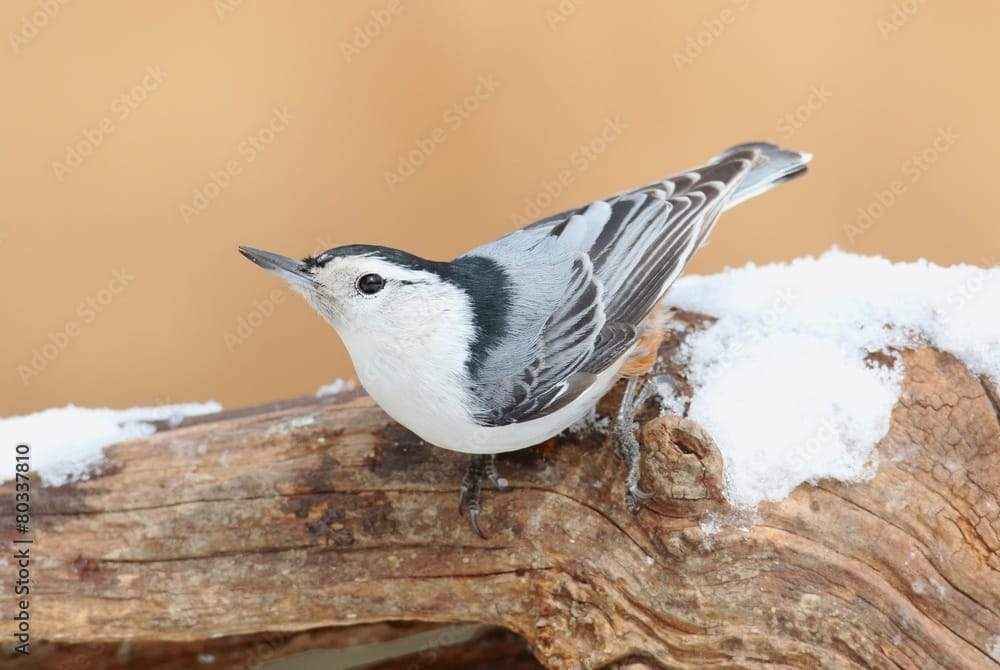


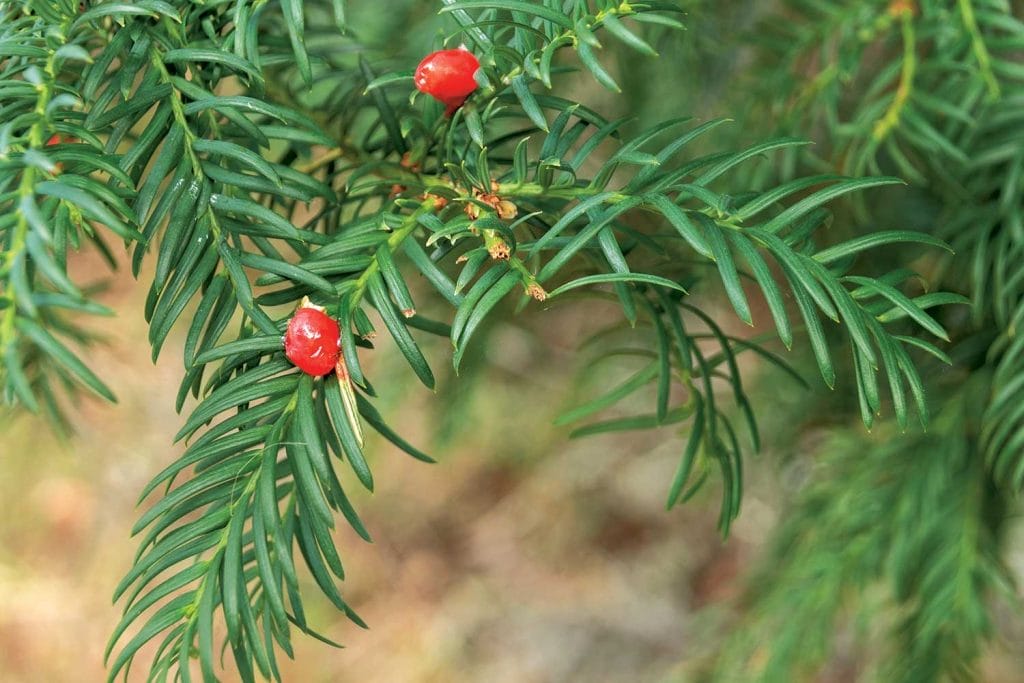
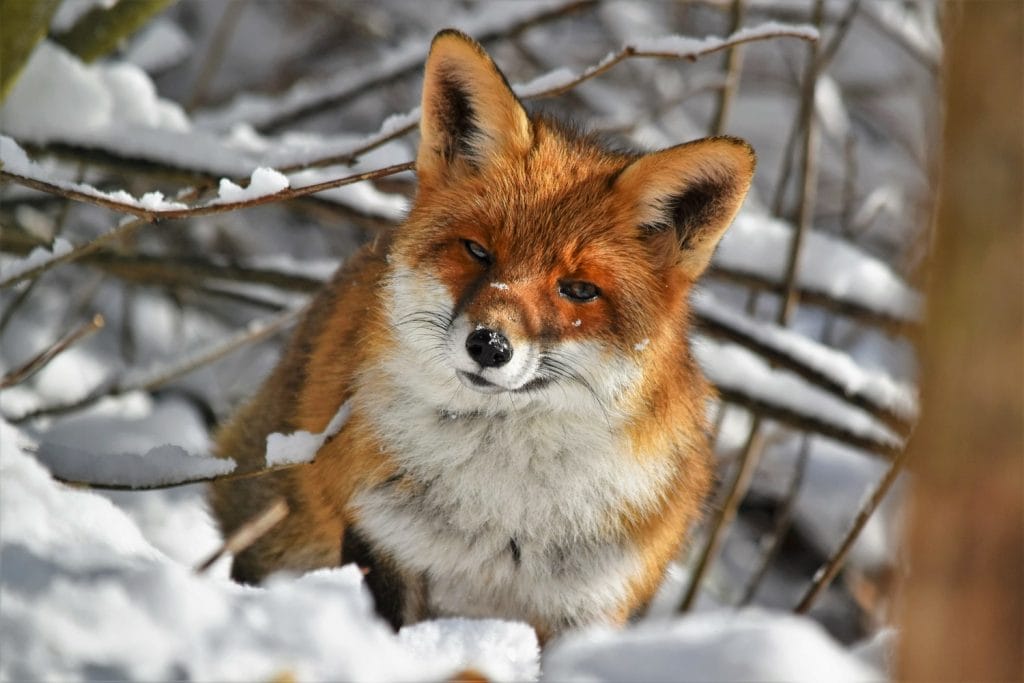
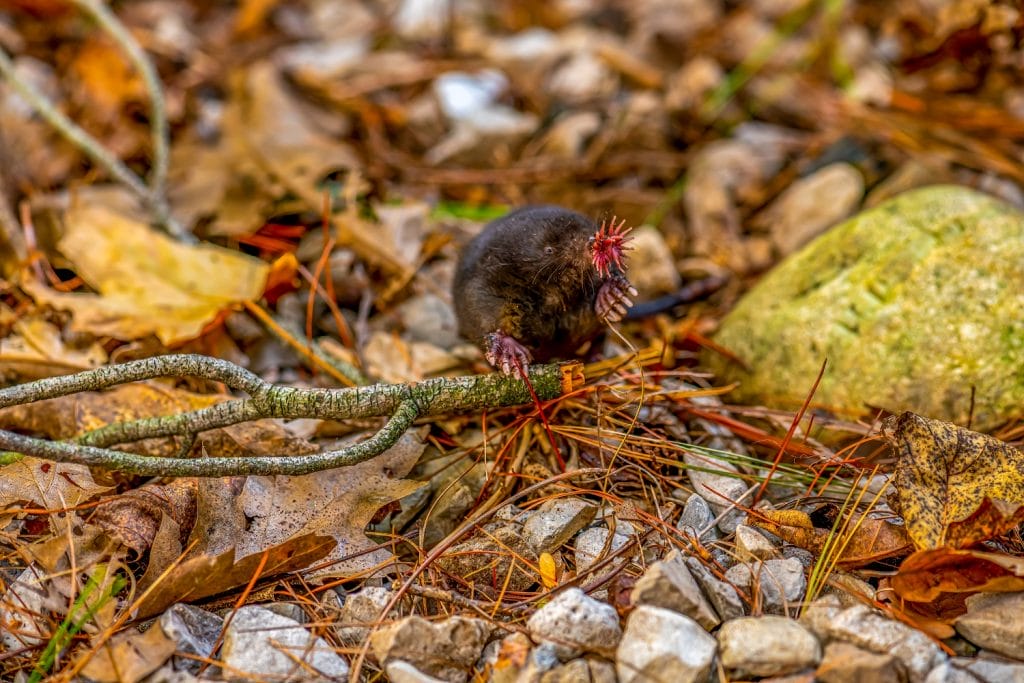
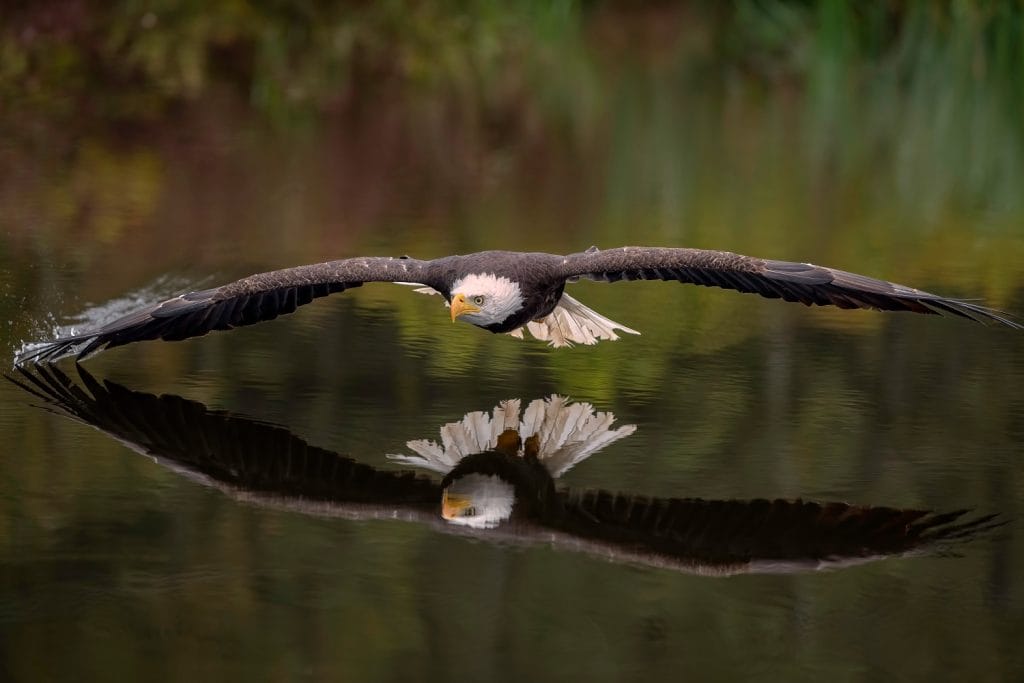
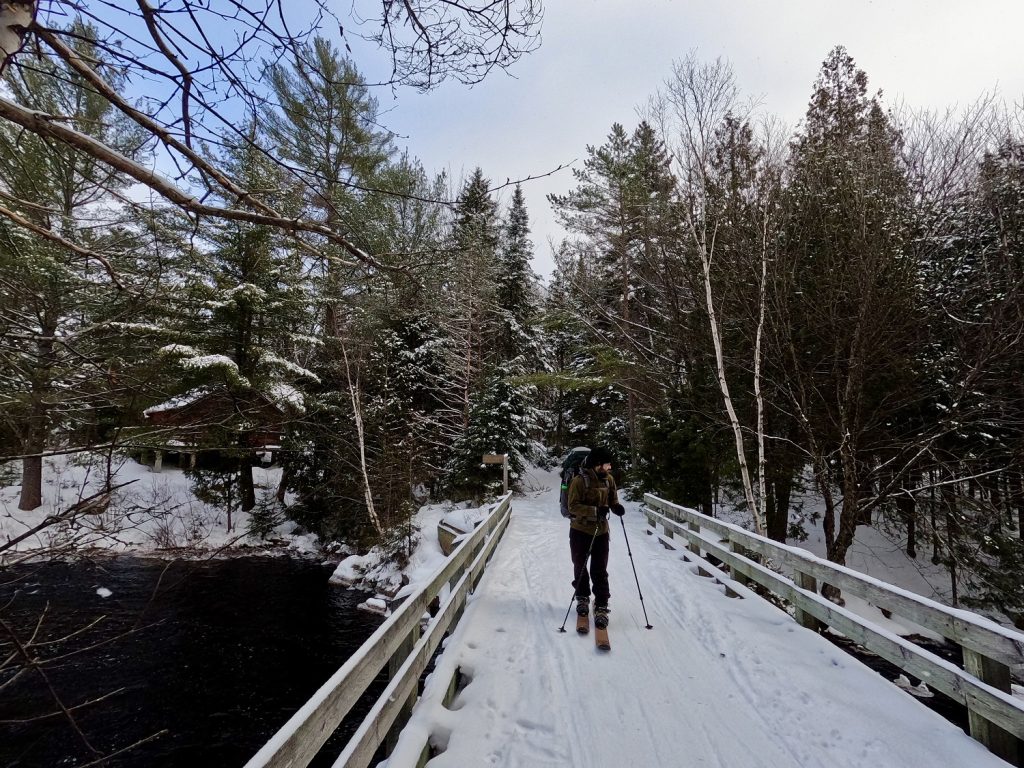


0 Comments